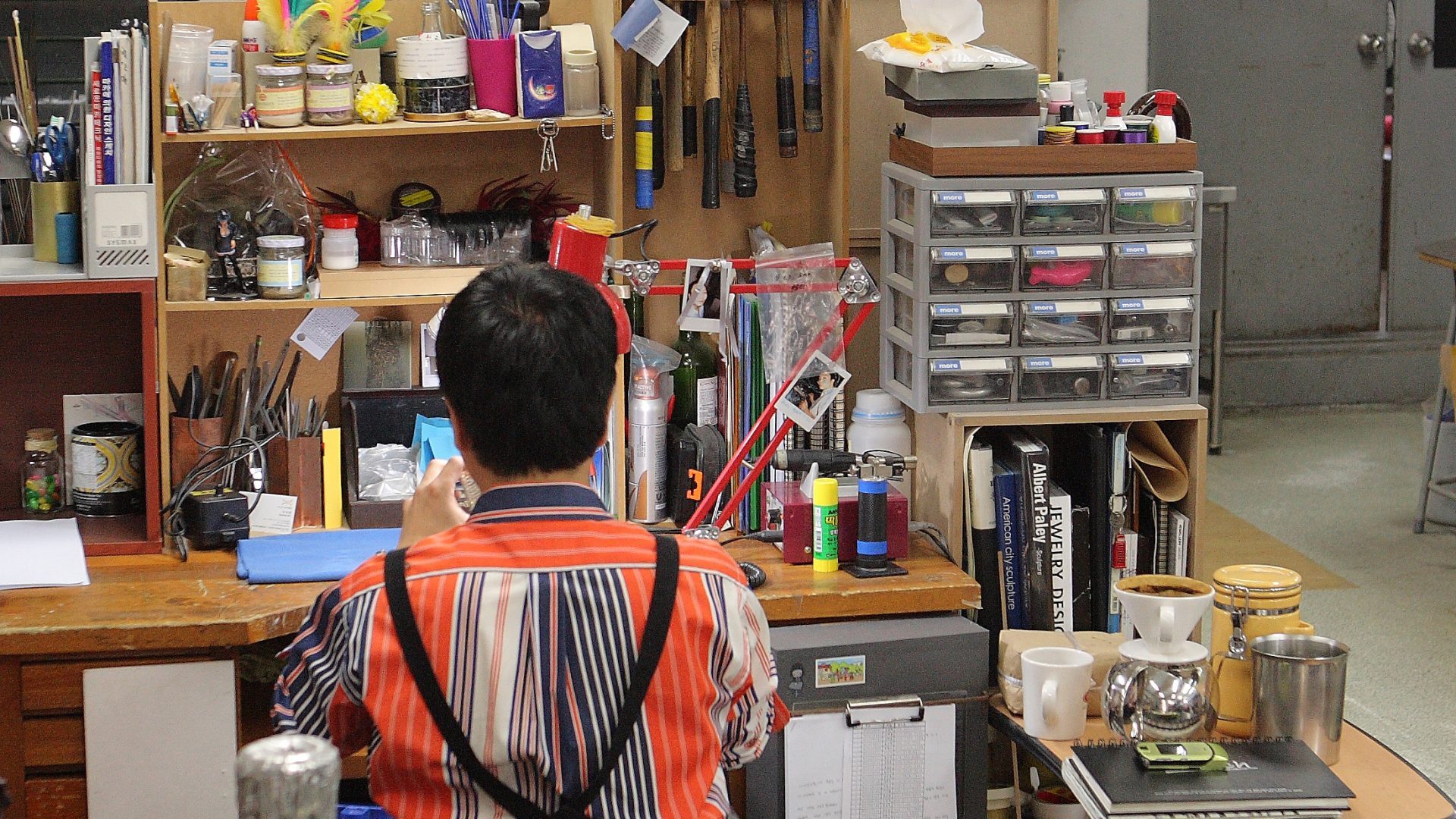Warwick Freeman Hook Hand Heart Star
Under the patronage of H.E. Craig John Hawke
New Zealand Ambassador to Germany
Warwick Freeman’s emblematic jewelry pursues meaning. Across five decades the New Zealand jeweller has built a lexicon of signs: from the cultural symbolism of the hook and the star to the heart redrawn in the volcanic scoria of Rangitoto island. When worn, his jewelry communicates something of who we are and how we have lived. Throughout his career Freeman has never tired of exploring what it means to make jewelry in Aotearoa New Zealand.
Freeman’s work reflects a depth of thinking about the construction of identity that weaves together the big with the small. He has explored forms found in the detritus of daily life, the influence of New Zealand’s colonization, and the rich geology of the land, all of which have provided him with an abundant supply of materials and narratives to draw from.
Hook Hand Heart Star includes key installation works, emblematic groupings and a number of suites of emblems, described by Freeman as Sentences. Composed of arrangements of individual works, these groupings evidence Freeman’s practice as always in motion, building on itself iteratively over many years.
The four nouns that form the title of this exhibition are inspired by Freeman’s first stand-alone grouping of emblems from 1987, the four-piece ‘poem’, Fern Fish Feather Rose. This significant work catalyzed Freeman’s thinking about the power of assembling recognizable forms that could communicate their stories in lieu of words.
‘Warwick Freeman is one of the most influential contemporary jewellers of our time. His forthcoming survey exhibition at Die Neue Sammlung – The Design Museum, Munich, heralds a first for a jeweller from Aotearoa New Zealand. Hook Hand Heart Star is an extraordinary achievement that acknowledges Freeman’s international standing as a preeminent practitioner working in his field today.`
Kim Paton, Director, Objectspace
Hook Hand Heart Star brings together works from public and private collections throughout Europe, Australia and Aotearoa New Zealand, along with works from Freeman’s own archive.
The exhibition is presented in partnership between Die Neue Sammlung – The Design Museum in Munich, Germany, and Objectspace in Aotearoa New Zealand. After concluding at Die Neue Summlung, the exhibition will travel to Aotearoa to open at Objectspace in Auckland in December 2025 before touring to The Dowse Art Museum in Wellington in July 2026.
About Warwick Freeman
Warwick Freeman (b.1953, Nelson) began making jewellery in 1972. As a prominent member of Auckland Jewellery Co-operative, Fingers, he was at the forefront of a rethinking of New Zealand contemporary jewellery practice that began in the 1980s. He has exhibited internationally since that time. In 2002 he was made a Laureate by the Francoise van den Bosch Foundation based at the Stedelijk Museum. In the same year Freeman received a laureate award from the Arts Foundation of New Zealand. In 2014, Freeman co-curated the exhibition Wunderrūma, with jeweller, Karl Fritsch. Wunderrūma was presented at Galerie Handwerk in Munich, and on its return to New Zealand at Auckland Art Gallery Toi o Tāmaki.
Freeman has also been involved in governance and curatorial activities: in 2004 he became the inaugural Chair of Objectspace, a public gallery dedicated to the exhibition of craft, design and architecture. His works are held in public and private collections in New Zealand and internationally including the Museum of New Zealand Te Papa Tongarewa, the National Gallery of Australia, Canberra, the National Gallery of Victoria, Melbourne, the V&A, London, the Pinakothek der Moderne, Munich, LACMA, Los Angeles, the Houston Museum of Fine Arts and Stedelijk Museum, Amsterdam.
Further exhibition locations:
2025/2026. Objectspace, Auckland, NZ
2026. The Dowse Art Museum, Wellington, NZ
A richly illustrated publication will be published by arnoldsche Art Publishers, Stuttgart, designed by Inhouse, Auckland, Aotearoa/New Zealand.
Themes in the exhibition / in Warwick Freeman’s work
Similar Exhibitions
Plan a visit
Where?
-
Barer Straße 40, 80333 Munich
Opening hours:
-
Daily 10:00 – 18:00
-
Monday closed
-
Thursday 10:00 – 20:00
FAQs
-
Curated by:
In close collaboration by Warwick Freeman, Kim Paton, Director, Objectspace, Dr. Bronwyn Lloyd, Curator, Objectspace, and Dr. Petra Hölscher, Senior Conservator, Die Neue Sammlung- The Design Museum
-
We thank for generous support:
Creative New Zealand
Museumsstiftung zur Förderung der Staatlichen Bayerischen Museen – Vermächtnis Christof und Ursula Engelhorn
Stout Trust, New Zealand
Patronage:
H.E. Craig John Hawke, New Zealand Ambassador to Germany
